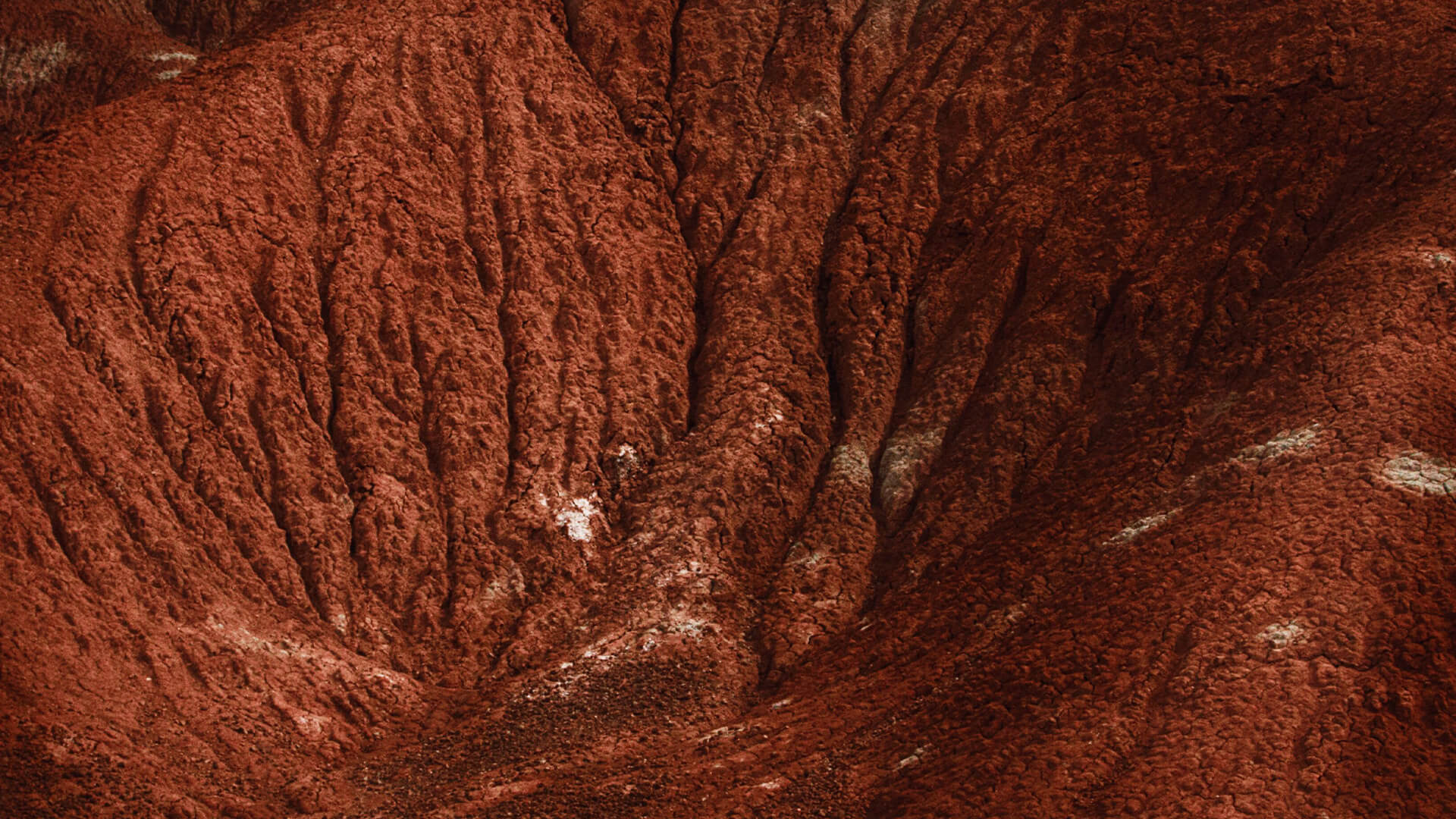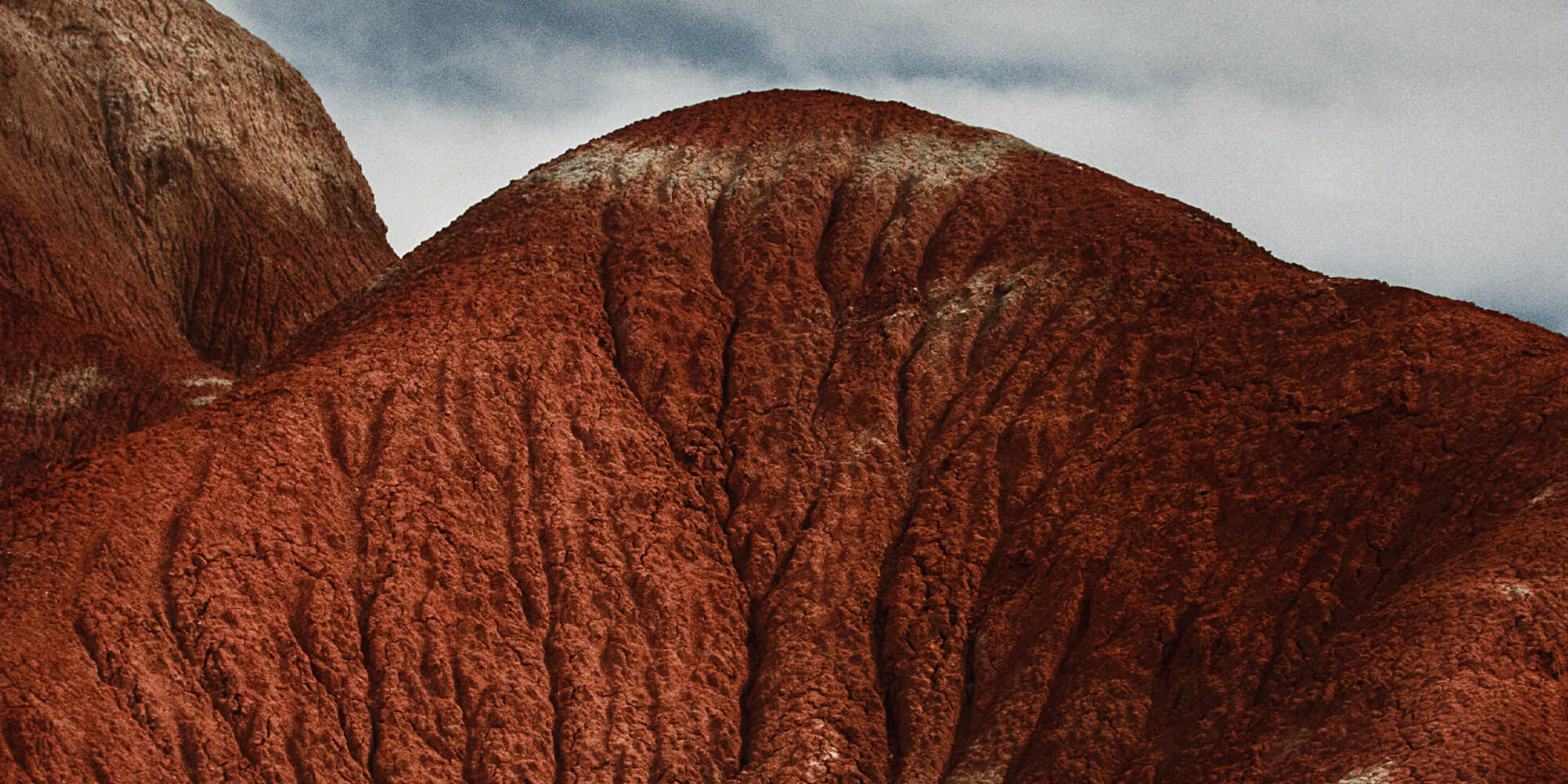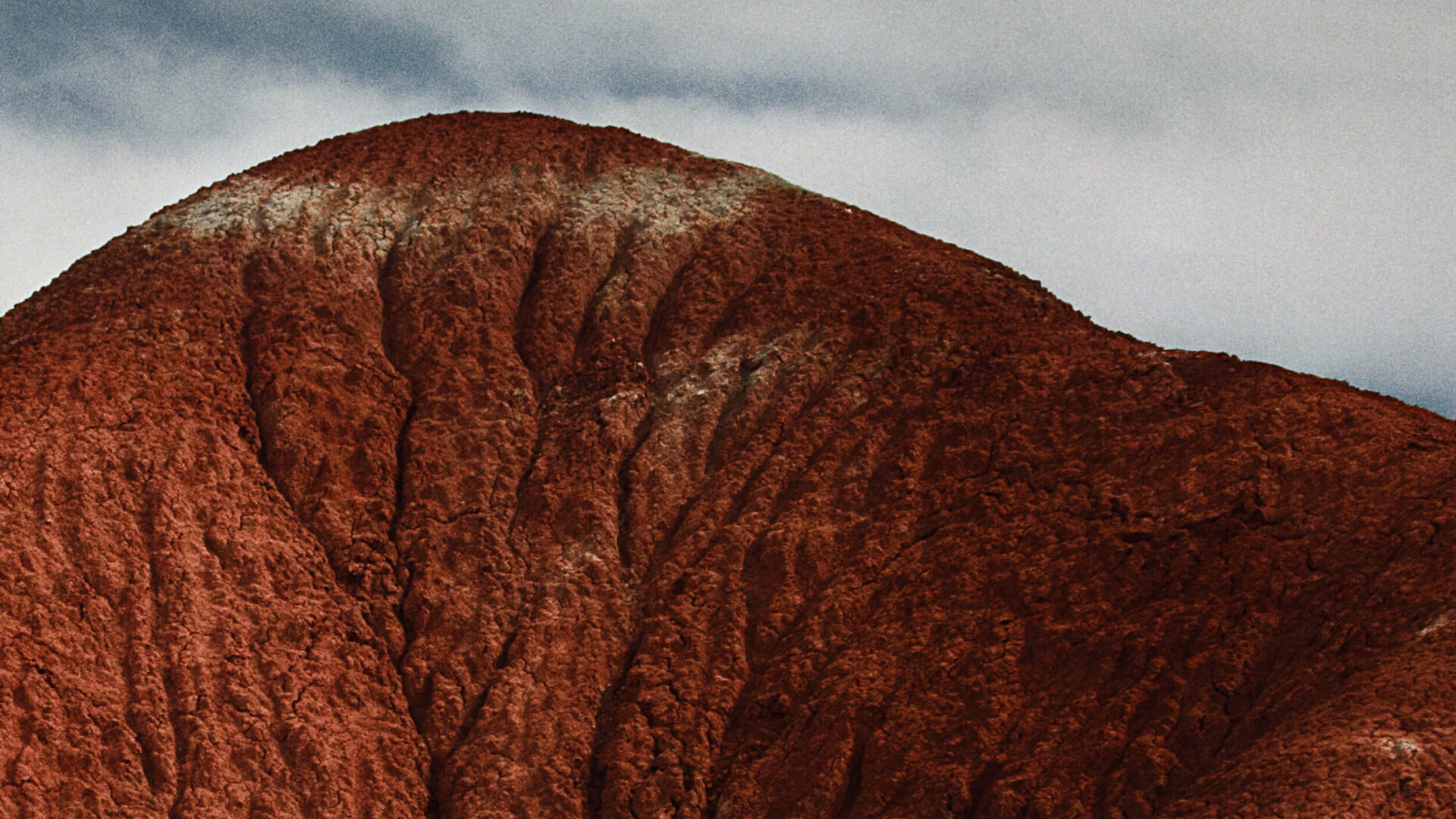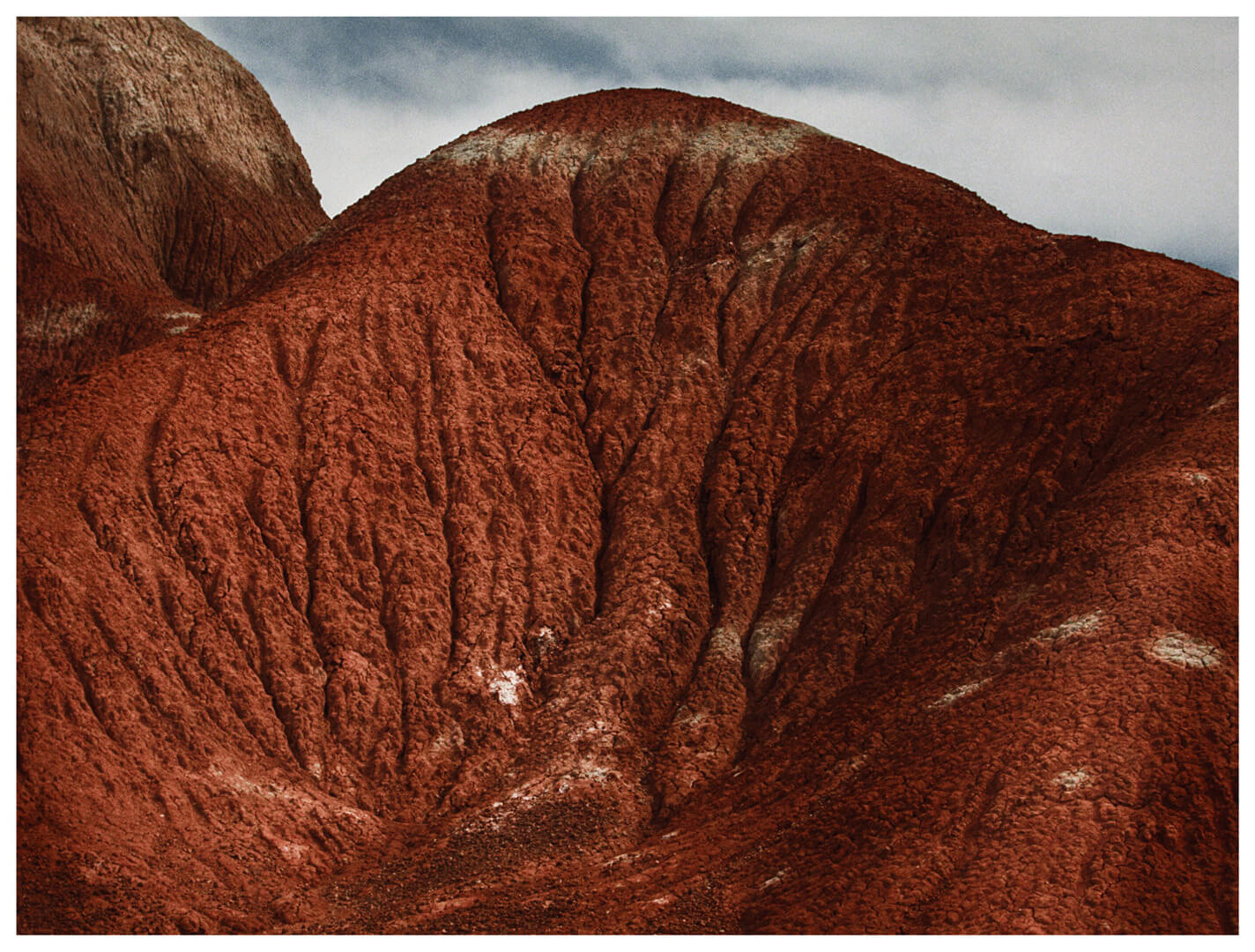
Annie Leibovitz
Georgia O’Keeffe’s red hill<br>Ghost Ranch
Georgia O’Keeffe’s red hill
Ghost Ranch
2010 Archival pigment print Edition of 3 73.7 x 97.2 cm / 29 x 38 1/4 in

Place is an important element in Annie Leibovitz’s work. Not, as she has often said, as background or decor. ‘The history of a place, its sounds and smells, influence a picture in ways that are impossible to achieve in a studio.’ She dedicated a book-length project—Pilgrimage—to photographs of places with no people in them: Emily Dickinson’s house and garden in Amherst, Massachusetts; Virginia Woolf’s writing studio in East Sussex; Pete Seeger’s cabin on a hill above the Hudson River; Mies van der Rohe’s steel-and-glass Farnsworth House; the chalk cliffs near Julia Margaret Cameron’s house on the Isle of Wight.
‘From then on, I was always trying to get back.’ –Georgia O’Keeffe

Georgia O’Keeffe had two houses in northwestern New Mexico, which is the dramatic landscape with which she is most associated. She began painting there regularly in the early 1930s and moved to New Mexico for good in 1949, after the death of her husband, Alfred Stieglitz. She was sixty-two. She spent the fall and winter in a renovated adobe hacienda in the little town of Abiquiu and the spring and summer at Ghost Ranch, an old dude ranch in the high desert. She painted every day, sometimes on camping trips to remote spots, such as ‘the black place,’ but most often near her house. The landscapes in the paintings are abstract but recognizable—highly subjective explorations of form. The scale of the small red hill behind the Ghost Ranch house is reconfigured in the paintings, where it becomes monumental.

Annie Leibovitz
Annie Leibovitz was born in 1949 in Connecticut. She bought her first camera in the summer of 1968, when she was a student at the San Francisco Art Institute, and her early works are punctuated by images of the Bay Area landscape and photographs shot during drives the artist often took on the highways between San Francisco and Los Angeles. She switched majors from painting to photography, and, in 1970, she approached Rolling Stone magazine with a few of her pictures. Some of them were published, thus beginning her career as a photojournalist and embarking on what would develop into a symbiotic relationship between the young photographer and a magazine famous for reflecting the American zeitgeist.
© Annie Leibovitz

